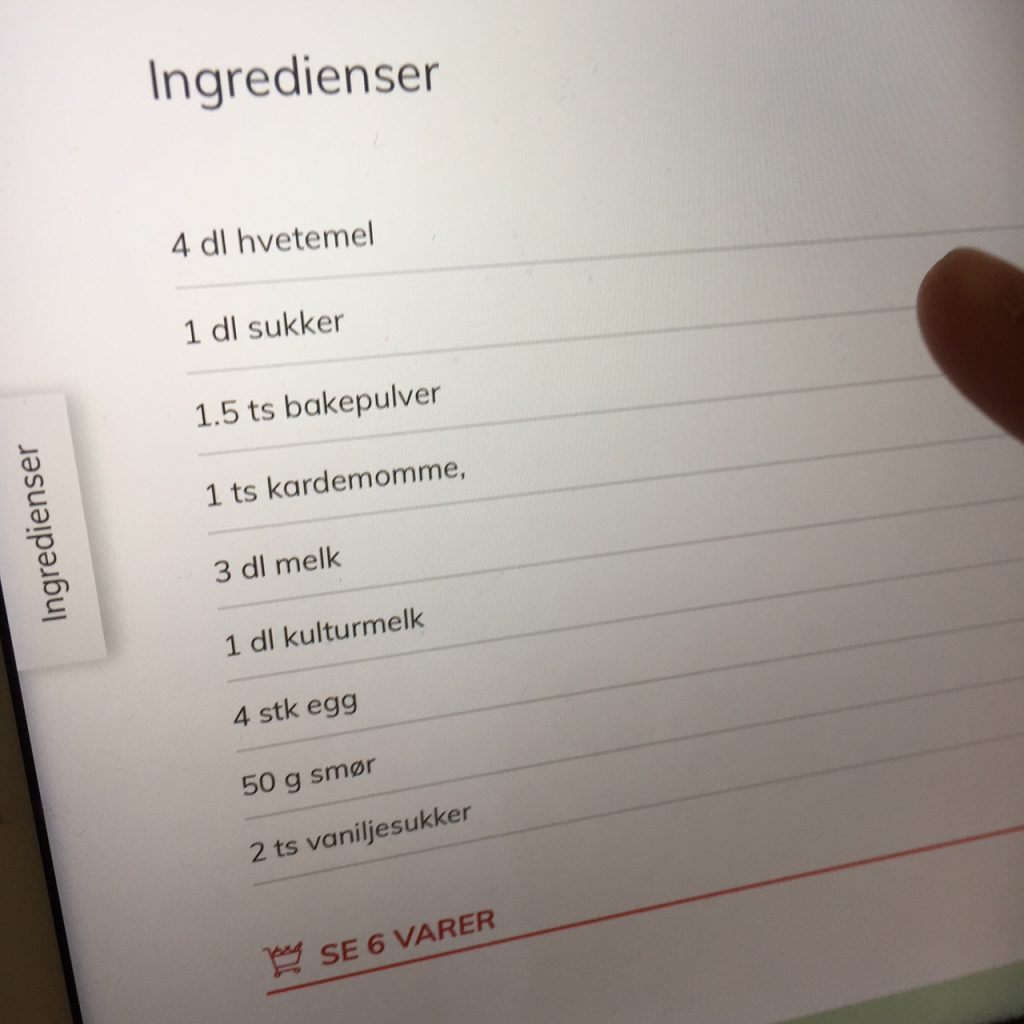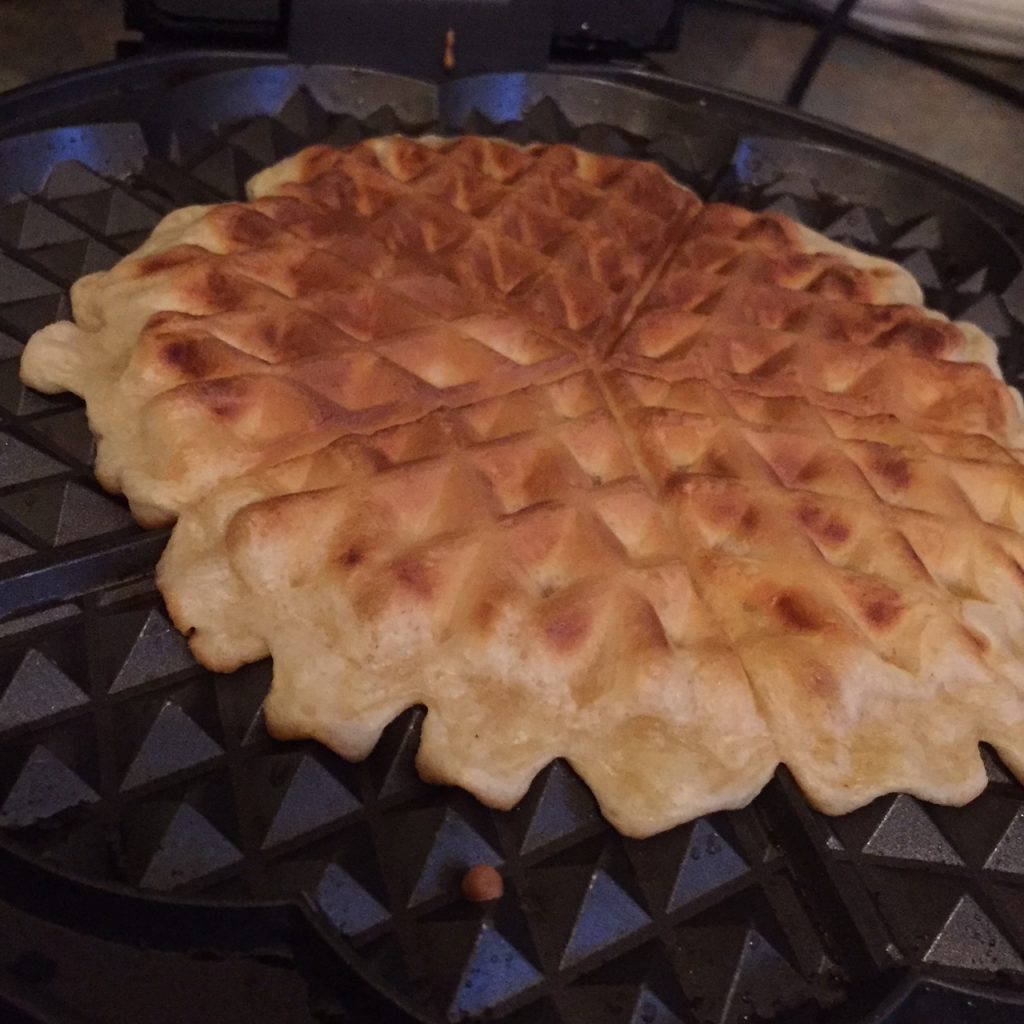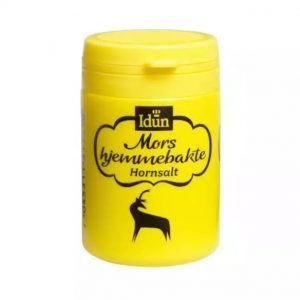I’ve been running a blog for a few years so maybe it’s no harm if I put up a baking recipe from time to time. I’ll warn you here, it’s no healthy, non-vegan, low-sugar snack but an old-fashioned treat that’s full of butter and sugar.
This is my mum’s gingerbread, which I decided to bake, out of the blue, last week, for the main purpose of giving the house a blast of of sticky sugar and spices for an afternoon.
When I told the kids I was making it they were sceptical. “It’s not like gingerbread cookies” I told them, as they were thinking of the Scandinavian-style cookies we often make at Christmas, in shapes of reindeer and star-jumping men, or occasionally the kind you glue together with icing sugar into a gingerbread house and later smash and eat.
This is a sticky, sugary and soft cake which has to be eaten with a cup of hot (not warm) tea. Of course, the kids loved it, and the husband, as did my workmates, and the under-12s football team after the 10am Saturday morning match. It goes a long way, this one recipe.
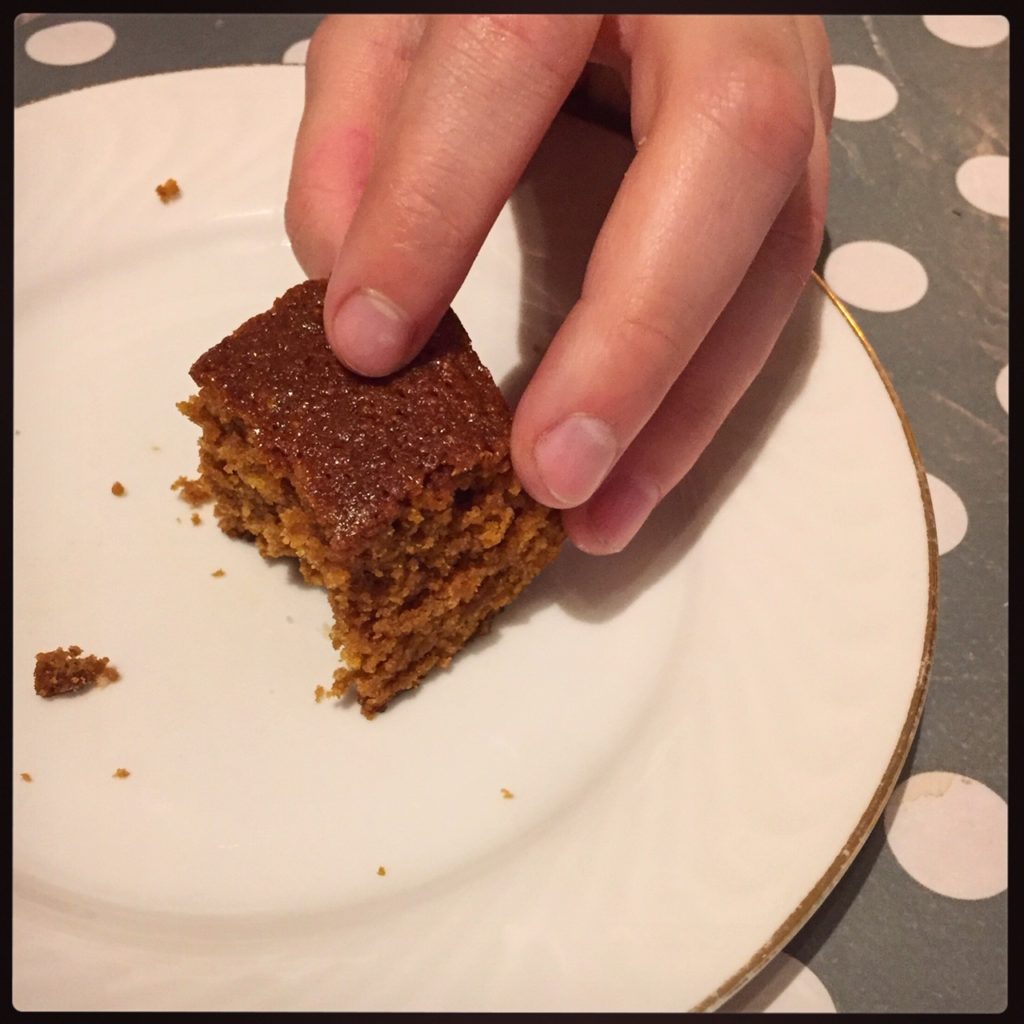
I have no idea where my mum got the recipe. I’ll never find out, as she’s been gone now over 5 years. She would have sent it to me years ago typed up in an email, the only bits of correspondence I have left from her during my many years abroad. I baked it during long winter evenings in Toronto and Nova Scotia and a few times, later on, in Oslo.
The instructions are pure Shigs (my mum’s childhood nickname, short for Sighle) – bare-boned and concise, to the point of being vague. Not for her details like size of pan, or method of combining ingredients or even length of cooking time. To be sure, I checked her handwritten recipe in her old recipe book that still sits in my Dad’s kitchen. He suggested I take it with me, but the two of us gasped at the idea.
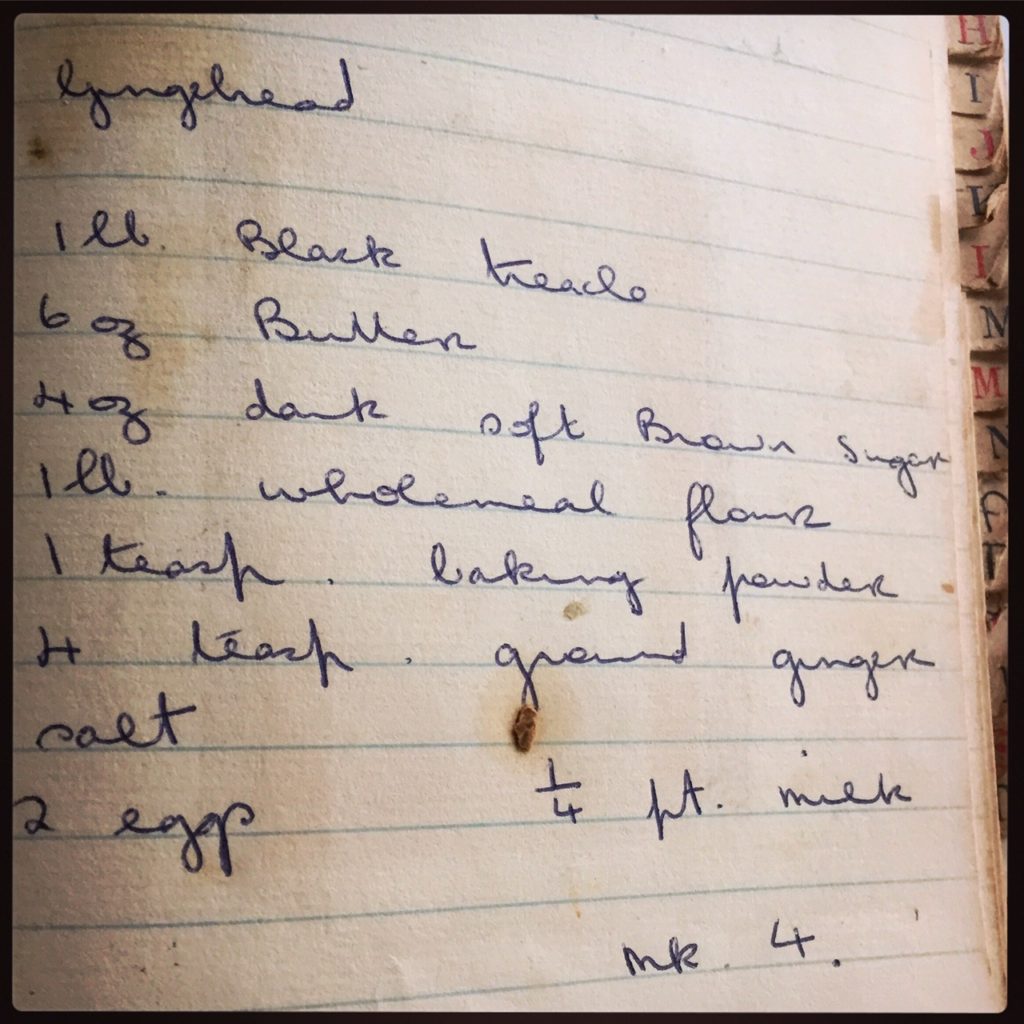
Did she get it from her own mother, who died before I was born? Most likely. But it’s just one thing on the ever-expanding list of things I’d love to ask her, as I and the kids get older, to ask her about her own experiences of health changes, perceptions of the world, of driving kids to school matches and music lessons and to their sleepovers with new friends, slowly but surely moving off into their own lives.
She might be amazed to see me writing on my own blog, and her recipe but how else can I let a recipe like this die out if I don’t share it?
Nana’s Gingerbread
Looking at the old recipe, I’ve clearly updated it over the years. My key, authentic ingredients here are the treacle and golden syrup – cans of which I would actually bring back abroad after a trip home to Dublin. Sometimes. But you can substitute molasses for the treacle and most countries have their own form of light syrup (or just use honey). Brown sugar is also hard to come by but oh is it worth it!
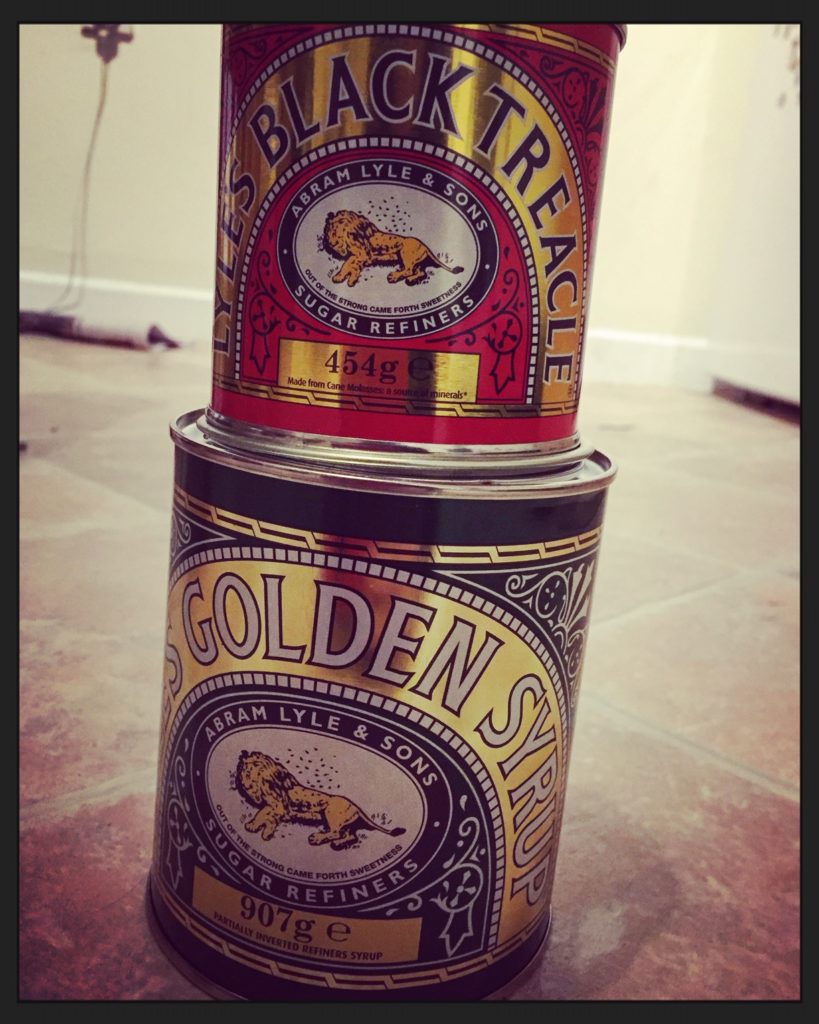
Ingredients
- 4oz treacle
- 4oz golden (light) syrup
- 8oz dark brown sugar (or light brown)
- 1/4 pint (150ml) of olive oil or 6oz butter
- 10oz white flour and 1/2 teaspoon of baking powder
- 2 oz wholemeal flour
- Pinch of salt
- 3 level teaspoons of ground ginger
- 1/4 pint (150ml) mlik
- 2 eggs
Method
Preheat the oven to gas mark 3, 180 degrees celsius
Line a tin 8 x 11 inches
- Melt together in a heavy saucepan the treacle, syrup, sugar and oil (or butter) over a low heat so it doesn’t burn.
- Mix together all the dry ingredients.
- Beat the eggs and milk.
- Mix the whole lot together, pour it into the pan.
- Bake for 1 to 1-5 hours. Leave in tin to cool.
- I have a note that says it’s better overdone than underdone, but I’m not sure about that.
Get the kettle on!
